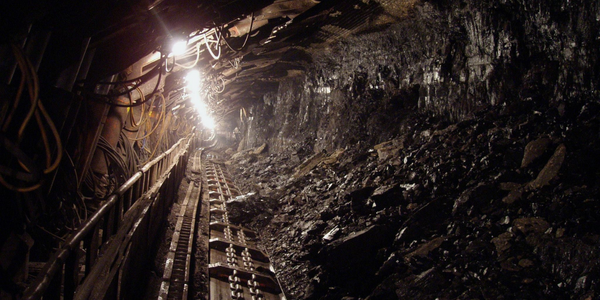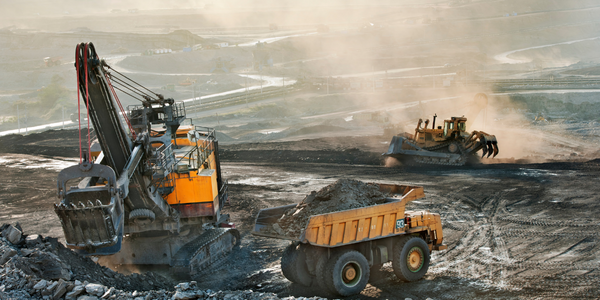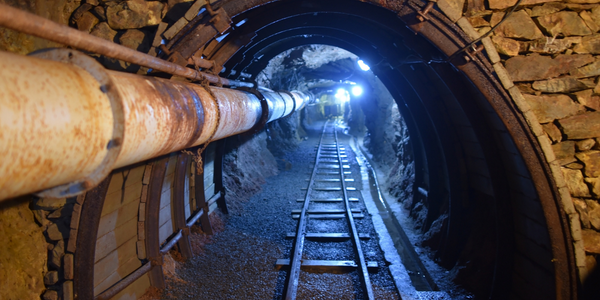技术
- 应用基础设施与中间件 - 数据可视化
- 网络安全和隐私 - 身份认证管理
适用行业
- 矿业
适用功能
- 销售与市场营销
用例
- 租赁金融自动化
- 供应链可见性(SCV)
关于客户
戴尔科技集团是一家总部位于美国的跨国科技公司。它是世界上最大的科技公司之一,以其在供应链管理和电子商务方面的创新而闻名。戴尔在全球范围内提供广泛的技术解决方案、服务和支持。该公司的主要服务包括云、大数据、分析、物联网、移动性、网络安全、应用程序和 IT 基础设施。在这种情况下,该公司正在寻求改进其销售流程,特别是已经变得不透明且效率低下的交易注册流程。
挑战
戴尔科技集团在销售流程中面临着重大挑战,特别是在交易注册流程中。该公司有两种类型的交易注册流程——一步式和两步式。一步式流程需要交易注册团队的直接批准,而两步式流程则需要其他相关职能部门的批准。然而,戴尔缺乏区分这两个流程的能力,导致对它们的数量和性能缺乏了解。这种可见性的缺乏也影响了更广泛的业务,因为戴尔无法对两步审批流程中涉及的功能执行服务级别协议 (SLA) 承诺。该公司需要一个能够深入了解其交易量并识别适合自动化的流程元素的解决方案。
解决方案
Dell Technologies 与 Celonis 合作解决他们的销售流程挑战。 Celonis 提供了一种解决方案,该解决方案使用从核心 Salesforce 数据到电子邮件主题行的信息来更好地量化和区分一步和两步交易注册。这使戴尔能够了解这两个流程。凭借这种改进的可见性,戴尔能够识别大量可以自动注册和处理的简单一步交易。然后,该公司开发了一种自动化流程来批准这些一次性交易。此外,戴尔还利用 Celonis 的操作流程实施了主动的流程监控。如果 14 天内未注册交易,则会自动向运营团队发送一封电子邮件,使他们能够主动参与销售。对于客户和合作伙伴位于不同地区的交易,还设置了主动警报。最后,戴尔在 Celonis 中设置了运营记分卡,以便销售运营和支持团队能够清楚地了解他们最重要的 KPI。
运营影响
数量效益

Case Study missing?
Start adding your own!
Register with your work email and create a new case study profile for your business.
相关案例.

Case Study
Underground Mining Safety
The goal was to produce a safety system to monitor and support underground mining operations; existing systems were either too simple (i.e. phone line) or overly complex and expensive, inhibiting deployment, and providing little-to-no support in event of an accident. Given the dangerous nature of the mining work environment and the strict regulations placed on the industry, the solution would have to comply with Mine Safety and Health Administration (MSHA) regulations. Yet the product needed to allow for simple deployment to truly be a groundbreaking solution - increasing miner safety and changing daily operations for the better.

Case Study
Mining Firm Quadruples Production, with Internet of Everything
Dundee Precious Metal’s flagship mine, in Chelopech, Bulgaria, produces a gold, copper, and silver concentrate set a goal to increase production by 30%. Dundee wanted to increase production quality and output without increasing headcount and resources, improve miner safety, and minimize cost.

Case Study
Fastenal Builds the Future of Manufacturing with MachineMetrics
Fastenal's objective was to better understand their machine downtime, utilization, quality issues, and to embrace cutting-edge manufacturing technology/process improvement capabilities to bring their team to the next level. However, there was a lack of real-time data, visualization, and actionable insights made this transition impossible.

Case Study
Joy Mining Systems
Joy equipment faces many challenges. The first is machine integration and control. The business end of the machine has a rapidly-spinning cylinder with 6-inch diamond-studded cutting teeth. It chews through rock at rates measured in tens of tons per minute. The system grinds through the rock in front, creating a rectangular mine tunnel. Hydraulic lifters support the ceiling as the machine moves forward. Automated drills and screws drive 3-ft long screws into the ceiling to stabilize it. The rock and coal fall into a set of gathering "fingers" below the cutting cylinder. These fingers scoop up the rock and coal and deposit it onto a conveyor belt. The conveyor passes under the machine and out the back. A train of conveyor belt cars, up to a mile long, follows the cutter into the mine. The rock shoots along this train at over 400 feet per minute until it empties into rail cars at the end. Current systems place an operator cage next to the cutter. Choking dust (potentially explosive), the risk of collapse and the proximity of metal and rock mayhem make the operator cage a hazardous location.

Case Study
Improved Monitoring in Industrial Manufacturing Facility
When your crane is moving tons of magma-hot iron, you can’t afford an unexpected failure. McWane Ductile knew monitoring the crane motor metrics within their facility could help prevent a mechanical failure that would strand an enormous bucket of molten metal overhead. Unfortunately, their legacy wired monitoring system couldn’t work with moving objects in this extreme environment. If they could integrate wireless capabilities into their existing equipment they could extend their monitoring capabilities without starting over from scratch.








